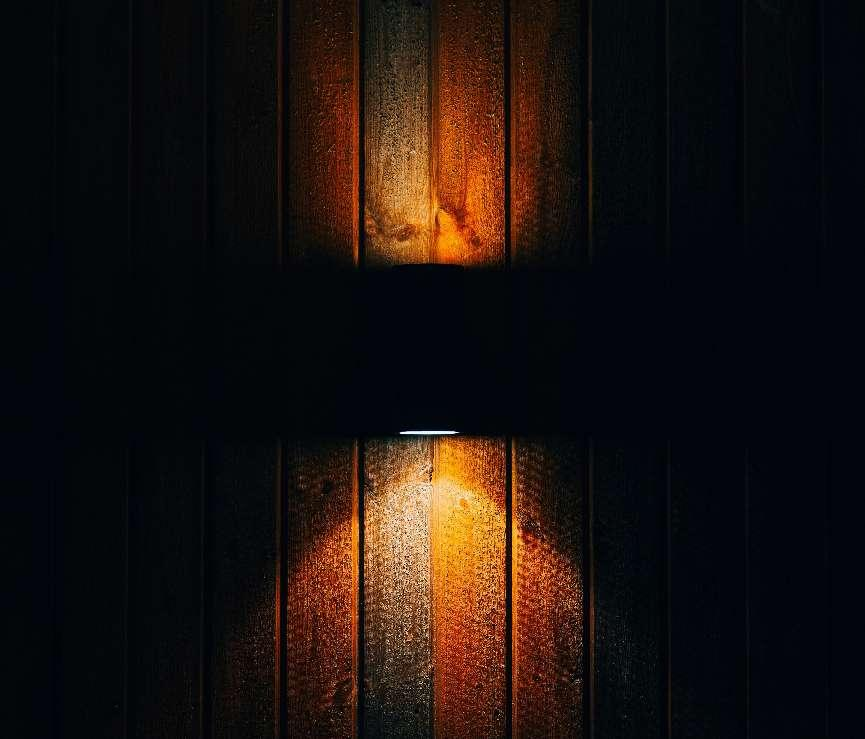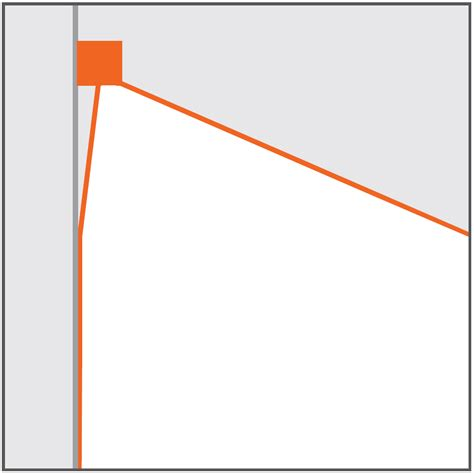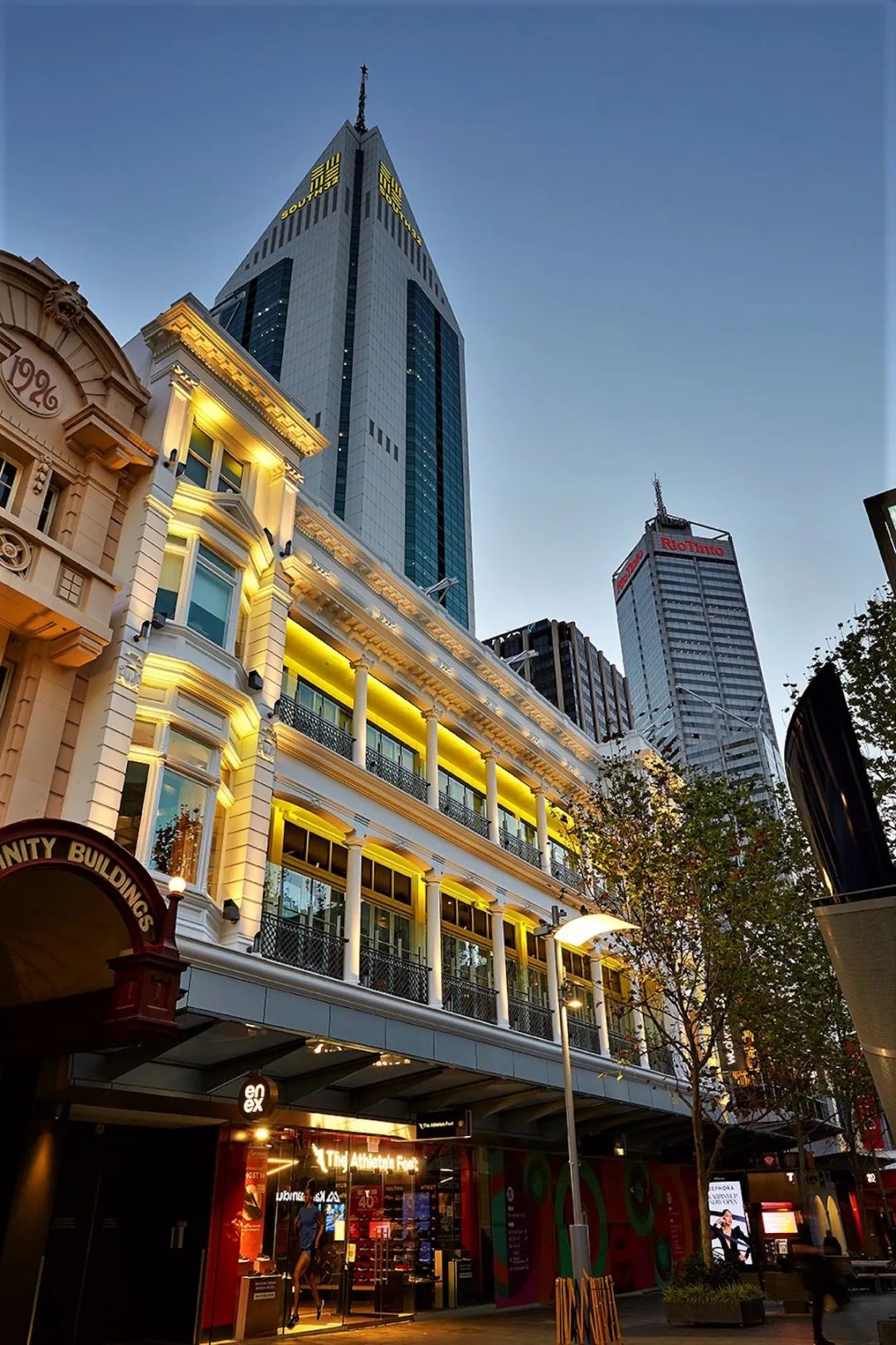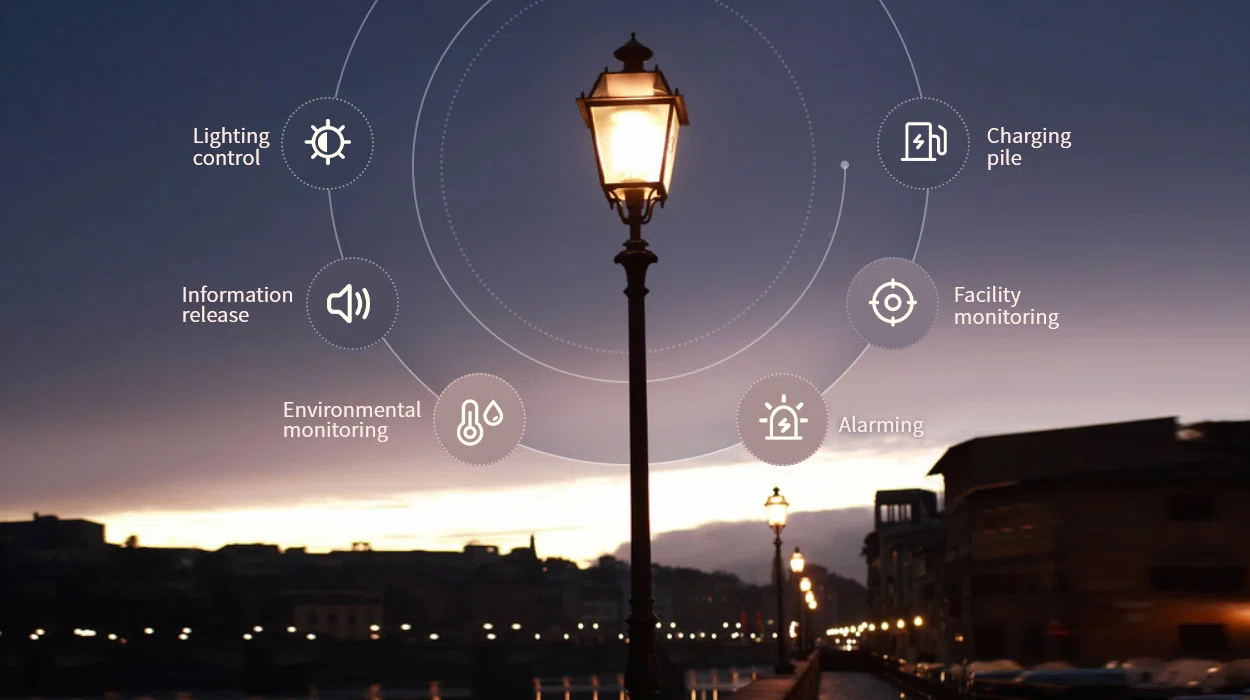Symmetrical Lighting vs Asymmetrical Lighting: the Wisdom Rule of Reconstructing Space with Light and Shadow
1. Introduction: the language of light and spatial emotion
On the football field at night, a beam of accurate spotlights locked the athletes' jumping figure; The sculptures in the art museum have delicate texture under the soft wall washing lamp - behind these breathtaking scenes, there is a game between symmetrical and asymmetrical lighting.
Unlike the crude logic of "the brighter the better" in traditional cognition, modern lighting design is experiencing a silent revolution: using the directivity of light beams to talk about spatial functions. This article will penetrate the fog of professional terms and reveal how the two lighting systems reshape our life scenes.

2. Core difference: how light "carves" space
1. Symmetrical lighting
Brush of light: 360 ° uniform diffusion, like spraying light pigment in space.
Typical scenes are the warehousing and logistics center (evenly illuminate every inch of shelves) and the city square (eliminate dark corners to ensure safety).
Technical indicators: the beam angle is usually > 120 °, UGR glare value is> 22 (with an anti-glare cover).

2. Asymmetric lighting
Light scalpel: directional projection, precisely cutting light and dark boundaries like surgery.
Typical scenes: office cubicles (one side of the table will illuminate without interfering with the neighbors), exhibition walls of art museums (45 ° angle to highlight the three-dimensional sense).
Technical indicators: beam angle 60 ° -90 °, UGR < 16 (realized by micro prism light guide technology).

3. Technological evolution: from tungsten filament lamp to photonic chip
Budding in the 1960s: in the era of halogen lamps, basic light-type control was achieved by manually grinding the reflector (such as Philips par 56 Series).
Turning point in 2008: Cree released the first commercial cob led, and the free-form lens technology improved the asymmetrical light efficiency by 40%.
Innovation in 2021: The Diamond Optical System (D.O.S) released by Osram controls the beam divergence angle error within 0.1 ° by etching nanoscale prism structures (similar to the microscopic arrangement of dragonfly compound eyes) on the lens surface - this is equivalent to a spot deviation of no more than 17 centimeters at a distance of 100 meters.
4. Actual combat comparison: when theory is integrated into reality
Case 1: Lighting Reconstruction of Urban Expressway
Symmetrical scheme: 250W high-pressure sodium lamp, spacing of 25 meters, annual power consumption of 18000 kWh/km.
Asymmetric scheme: 120W led+bat wing light distribution, spacing of 35 meters, annual power consumption of 7600 kWh/km.
Effect: the pavement evenness was improved from 0.4 to 0.7 (according to the measured data on page 28 of the 2022 white paper on road lighting issued by the lighting research center of Rensselaer Institute of Technology), and the annual energy saving was 58% (comparative experiment No.: RPI-LRC-2022-09).
Case 2: Lighting upgrade of high-end retail stores
Pain point: traditional downlight causes mirror reflection of the jewelry display cabinet.
Solution: adopt a 25 ° asymmetric polarizing lens to form a "light blanket effect" at 2.4m above the ground.
Results: the commodity attention rate increased by 33%, and the customer unit price increased by 19% (measured data of Armani flagship store in Milan).
Determine the optimal scheme through the three-dimensional decision model:
Storage scenario (function 0.8/aesthetics 0.1/energy efficiency 0.1) → symmetrical lighting.
Art Exhibition Hall (function 0.3/aesthetics 0.6/energy efficiency 0.1) → asymmetric lighting.
Smart office (function 0.5/aesthetics 0.3/energy efficiency 0.2) → hybrid lighting system.
5. Future trends: Thinking light
AI dynamic light distribution: The Philips ActiveSite intelligent lighting system (applied to the North Bund Trail in Shanghai in 2023) uses thermal imaging sensors to identify pedestrian flow trajectories and dynamically switches between symmetrical/asymmetrical lighting modes - uniform lighting during peak hours ensuring safety, and switches to directional beam tracking for solo travelers at night to reduce light pollution.
Self-healing optical film: Gorilla glass with anti-glass developed by Corning, whose surface microstructure can repair scratches and maintain a light effect.
Photon metauniverse: Microsoft Hololens 2 has realized the spectral level fusion of virtual light source and real lighting.
Conclusion: the ultimate mission of light
What is the ultimate mission of light? Japanese lighting designer Kaoru Asade once exclaimed, 'The best light is the second nature that makes people forget the existence of lighting fixtures.' At the Tokyo Skytree, engineers calibrated the installation angle of the asymmetric floodlights to 0.05 ° to reduce glare - an almost obsessive precision that perhaps confirms Laozi's wisdom: a great deal is as good as a fool. When technology is hidden in dust and smoke, the story of space can truly be illuminated.








